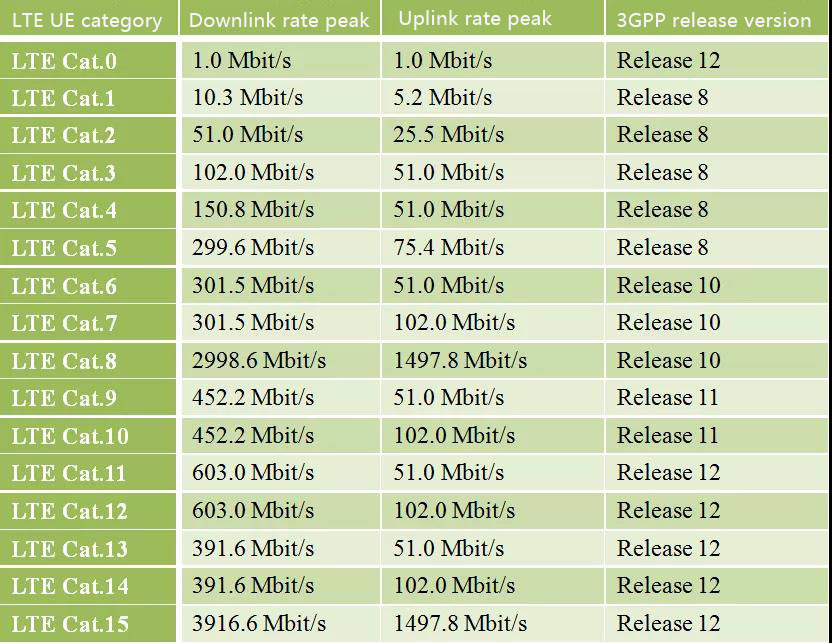With the continuous construction of 5g and the gradual withdrawal of 2G and 3G, ltecat. 1 in the 4G family is quickly popular because of its characteristics, and has become a new favorite of the Internet of things with Nb IOT.
Today's Internet of things is not only "slowly" transmitting a small section of data, but also has higher requirements for transmission rate and real-time (such as voice transmission) due to the rapid development of the Internet of things. These can not be satisfied by 2G network, so 4G network soon "blooms everywhere" in the field of Internet of things, and "low configuration" ltecat. 1 therefore regained the "C position" of the stage of cellular Internet of things and became a new favorite in the field of Internet of things.
In 2020, a sudden epidemic not only did not hinder the progress of the Internet of things, but promoted the transformation from "offline" to "online", which has become a new opportunity for the development of the Internet of things. New lifestyles such as self-service stores, shared leasing, remote industrial control, telemedicine and smart city have gradually penetrated into people's lives. The notice of the general office of the Ministry of industry and information technology on infiltrating and promoting the all-round development of the mobile Internet of things issued by the Ministry of industry and information technology also points out: "on the basis of deepening 4G network coverage and accelerating 5g network construction, Nb IOT is used to meet the needs of most low rate scenarios, lte-cat1 (hereinafter referred to as CAT1) is used to meet the needs of medium and constant rate IOT and voice, and 5g technology is used to meet the needs of higher rate Low latency networking requirements. "
Cat. 1 (full name lteuecategory1) is a standard in the category of user terminals under 4G communication LTE network. The standard is specified by 3GPP in its release 8 version. It is a "low configuration version" 4G standard, which is applicable to the Internet of things scenario with medium communication rate. 3GPP has released cat.0 ~ cat.15 standards, as shown in the figure below. Cat. 1 is defined in rel. 8, so the access of cat. 1 does not need to upgrade the existing 4G base station; Cat. 0 was defined in rel.12 later, so the 4G base station needs to be upgraded when accessing the existing network; Cat. 4 is the main LTE network standard used by our mobile phones.

Network standards commonly used in cellular Internet of things include NB IOT, cat. 1, cat. 4, etc. Among them, the narrowband service market and the high-speed service market are mainly occupied by NB IOT and cat. 4 respectively. In the growing medium speed service market, the low-speed NB IOT is "more than enough but less than enough", while the high-cost and high-speed cat. 4 is "overqualified". Therefore, cat. 1 has assumed the main force of the medium speed service market.
LTE Cat.1 Main advantages
Simple design: high integration and simple hardware architecture.
Low hardware cost: the module requires less peripheral hardware.
Low network coverage cost: seamless access to existing LTE networks.
High coverage: the national 4G base station coverage is expected to increase to 98% by 2020.
High rate: the up / down rate reaches 5m / 10m (the up / down peak rate of Nb IOT is only 40K / 500K).
Low delay: it has the same millisecond transmission delay as cat. 4.
LTE Cat.1 application
LTE cat. 1 is mainly aimed at the Internet of things market with voice support and medium speed, such as wearable devices, smart appliances, smart buildings, industrial control, shared payment, public network intercom, etc.
If you have any questions, please contact us by the following ways